 |
||
| 4 May 2024 | ||
|
- National Council for Agriculture and Rural Transformation (NCART): A Novel Approach to Agricultural Sector Reform
- Mapping: Hopen Island in the Svalbard Archipelago
- Understanding Oxytocin
- Exploring the World Press Freedom Index 2024
- Exploring Bhadra Tiger Reserve
- Exploring Peptides
- Understanding Swing Trading
- Press Freedom at Risk: Addressing Violence Against Environmental Journalists
- Exploring Diplomatic Passports
- Exploring the Eta Aquariid Meteor Shower
- Understanding Swell Waves
- Unraveling the Rare Risks Associated with the Oxford-AstraZeneca Vaccine
National Council for Agriculture and Rural Transformation (NCART): A Novel Approach to Agricultural Sector Reform
Context;
Recent discussions at the Centre have focused on the potential establishment of the National Council for Agriculture and Rural Transformation (NCART), aimed at spearheading policy formulation and program implementation in the agricultural sector.
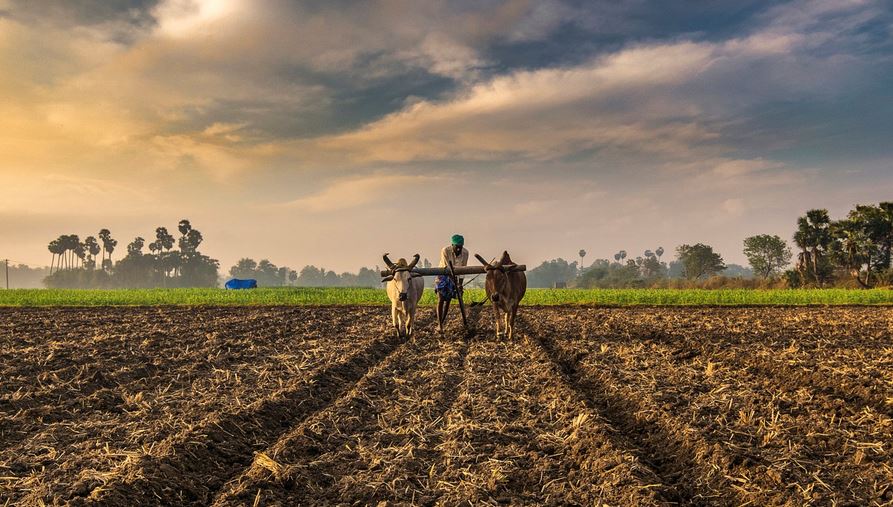
Understanding NCART:
- NCART is proposed as a federal body tasked with coordinating and leading initiatives within the agricultural domain in India.
- It aims to feature representation from both the central and state governments.
- The concept of NCART has emerged from the Ministry of Agriculture and Farmers’ Welfare’s 100day action plan for the new government, drawing parallels with the Goods and Services Tax (GST) Council.
Terms of Reference of NCART:
1. Policy Formulation: NCART’s primary role is envisaged as the development of comprehensive policies and programs to foster agricultural and rural progress.
2. Coordination: An essential objective of NCART is to ensure seamless coordination among diverse stakeholders in the agricultural sector, including central and state governments, and other pertinent entities.
3. Consultative Approach: NCART is projected to mirror the GST Council by incorporating representation from both central and state governments, promoting a consultative decisionmaking process.
4. Legal Standing: While the GST Council operates as a constitutional body, NCART’s precise legal status is still under deliberation, awaiting finalization.
Mapping: Hopen Island in the Svalbard Archipelago
Overview:
Recent findings revealed the occurrence of the first walrus fatality due to Bird Flu (H5N1) on Hopen Island in the Svalbard Archipelago, Norway.

About Hopen Island in the Svalbard Archipelago:
- Situated in the southern part of the Svalbard Archipelago, Hopen Island lies between the Barents Sea and the Greenland Sea.
- Spanning approximately 47 square km, it ranks among the smaller islands within the Svalbard group.
- Characterized by lowlying tundra, rocky formations, and coastal cliffs, its landscape mirrors the harsh Arctic climate typical of Svalbard.
- The island serves as a crucial breeding ground for various seabird species like guillemots, puffins, and kittiwakes, alongside occasional sightings of polar bears, walruses, seals, and Arctic foxes.
- Due to its remote location and extreme weather conditions, Hopen Island remains largely uninhabited and inaccessible to humans.
- Historically, its strategic positioning between the Barents Sea and the Greenland Sea has rendered it significant.
H5N1 Bird Flu: Insights
- Originating from a 1996 virus outbreak on a goose farm in China, H5N1 has evolved into a highly pathogenic strain.
- Rapidly spreading across continents, it reached mainland Antarctica after affecting Europe, Africa, Asia, North America, and South America.
- H5N1, a subtype of the influenza A virus, induces severe respiratory illness in birds, commonly referred to as avian influenza or “bird flu.”
- Classified based on surface protein properties, H5N1 is one subtype among influenza A viruses.
Extent of Impact:
- Bird flu has impacted avian populations in over 80 countries, prompting extensive culling of poultry and wild birds.
- Additionally, it has begun infecting mammals, including seals, sea lions, and marine mammals.
- While human transmission of bird flu is rare, individuals with significant exposure to infected birds, typically at poultry farms, are at risk.
- The first instance of bird flu in India occurred in Maharashtra in 2006, leading to the culling of millions of poultry to curb the virus. Despite efforts, periodic resurgences of the H5N1 virus have been recorded.
Context:
- The Delhi High Court recently addressed concerns regarding the widespread utilization of Oxytocin in dairy communities across the national capital, urging action to be taken.
- Oxytocin, often referred to as the ‘love hormone,’ is a naturally occurring hormone produced by the pituitary glands of mammals.
- It plays pivotal roles during intimate moments, childbirth, lactation, and social bonding.
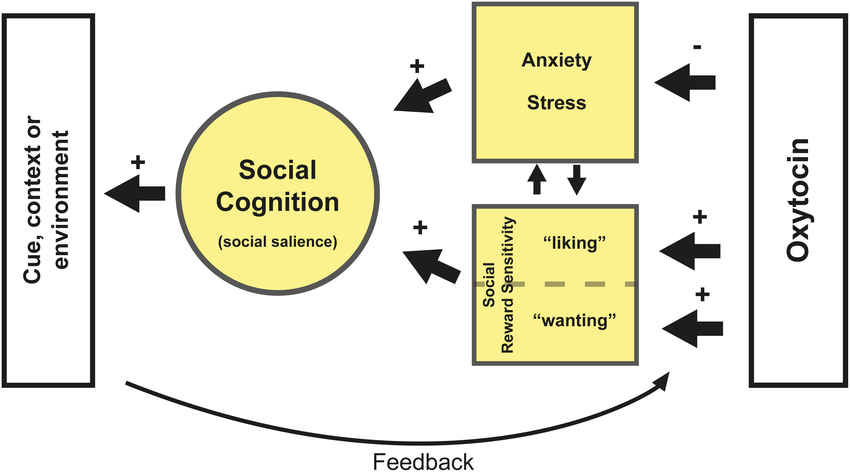
Characteristics:
1. Natural Production:
Oxytocin is naturally secreted in mammals during various significant events such as sexual activity, childbirth, lactation, and moments of social connection.
2. Artificial Production:
Alternatively, it can be synthetically produced and is commercially available through pharmaceutical companies. Typically administered via injection or nasal solution, it finds application during childbirth.
3. Government Regulations:
In April 2018, the Central government imposed a ban on Oxytocin due to its misuse within the dairy industry. The substance was being unlawfully employed to boost milk production in cattle, posing health risks to both the animals and consumers of the milk.
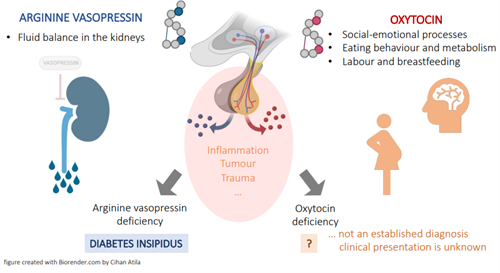
Significance:
1. Childbirth Assistance:
Oxytocin aids in facilitating uterine contractions during childbirth, thus assisting in the delivery process.
2. Hemorrhage Control:
Additionally, it helps in controlling postpartum hemorrhage, a critical factor in preventing excessive bleeding postdelivery, which often leads to maternal fatalities.
3. Lactation Promotion:
Furthermore, Oxytocin plays a vital role in stimulating the release of breast milk, thereby supporting lactation in new mothers.
Conclusion;
Despite its significance in maternal healthcare, the improper and unregulated usage of Oxytocin in the dairy sector poses serious health concerns for both cattle and humans alike. Thus, the recent call for action by the Delhi High Court underscores the necessity for stringent measures to curb its unauthorized application.
Exploring the World Press Freedom Index 2024:
Overview:
The World Press Freedom Index for 2024 has unveiled a concerning trend for India, as its score dropped from 36.62 to 31.28 compared to the previous year’s assessment.

Understanding the World Press Freedom Index:
1. Annual Report:
The World Press Freedom Index is an annual publication by the global media watchdog, Reporters Without Borders (RSF), evaluating press freedom in 180 countries worldwide.
2. Evaluation Criteria:
Countries are assessed based on the freedom journalists have to work independently across five key categories: political context, legal framework, economic context, sociocultural context, and security.
3. Scope:
The index focuses solely on press freedom, excluding evaluations of journalistic quality or broader human rights violations.
Insights from the 2024 Index:
1. Global Trends:
The 2024 Index highlights a global decline in press freedom, with a notable rise in political repression against journalists, resulting in an average decline of 7.6 points worldwide.
2. Top Performers:
Leading the rankings are Norway and Denmark, with countries in the European Union showcasing strong press freedom standards, bolstered by initiatives like the European Media Freedom Act (EMFA).
3. Regional Disparities:
Regions such as the Maghreb and the Middle East exhibit the poorest press freedom conditions, characterized by severe restrictions imposed by governmental authorities.
4. Lowest Rankings:
Eritrea and Syria occupy the lowest positions in the index, reflecting the dire state of press freedom in these nations.
India’s Position in the Index:
- India’s ranking has slightly improved, moving up from 161st place in 2023 to 159th in 2024.
- However, this improvement is primarily due to declines in the rankings of other countries.
- Notably, India’s scores have worsened across all indicators except for security.
Exploring Bhadra Tiger Reserve
Introduction;
The Bhadra Tiger Reserve has seen an increase in tourist visits, underscoring the need for visitors to exercise caution and preserve this ecologically sensitive area.
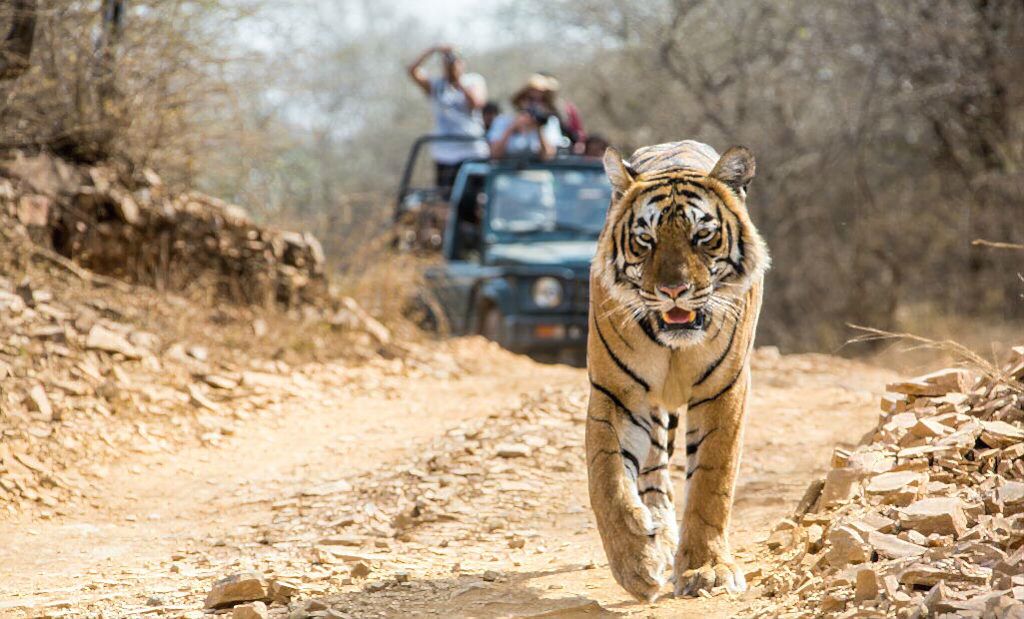
About Bhadra Tiger Reserve:
1. Location:
Situated in the heart of the Western Ghats region of Karnataka, the Bhadra Tiger Reserve offers a captivating natural setting.
2. Unique Features:
Nestled amidst multiple hill ranges, the reserve stands out for its diverse habitat, supporting a thriving population of elephants. Recognized as an Elephant Reserve, it also boasts a significant number of tigers, leading to its designation as the 25th Project Tiger reserve in India in 1998.
3. Rivers:
The reserve is extensively traversed by the river Bhadra and its various tributaries, enriching the ecological diversity of the area.
4. Vegetation:
Featuring a varied range of vegetation, including drydeciduous, moistdeciduous, shola, and semievergreen patches, the reserve is home to prized flora such as Teak, Rosewood, Mathi, Honne, Nandi, and numerous medicinal plants.
5. Wildlife:
Abounding in biodiversity, the reserve shelters a diverse array of fauna. Alongside tigers and elephants, it provides habitat to Leopards, Leopard cats, Dholes, Indian Civets, and various ungulates like Gaur, Sambar, and Barking Deer.
6. Other Tiger Reserves in Karnataka:
Bhadra Tiger Reserve is just one among Karnataka’s remarkable tiger reserves, including Bandipur, Nagarahole, DandeliAnshi, and Biligiriranga Tiger Reserve. Each plays a crucial role in conserving India’s tiger population and its rich biodiversity.
Conclusion:
The Bhadra Tiger Reserve stands as a testament to the rich biodiversity and natural beauty of the Western Ghats region in Karnataka. With its diverse habitat, abundant wildlife, and scenic landscapes, it offers visitors a unique opportunity to connect with nature.
Introduction;
- Recent breakthroughs in medical research have unveiled the potential of peptides derived from cows in combating drugresistant bacteria.
- This innovative therapy offers a promising solution to address severe infections that conventional antibiotics struggle to treat effectively.
- Peptides, naturally occurring chains of amino acids within the body, serve as fundamental building blocks of various biological functions.
- These chains are formed through peptide bonds, connecting the amino acids in a specific sequence.
- While peptides share similarities with proteins, they are typically shorter in length, usually comprising between 2 and 50 amino acids.
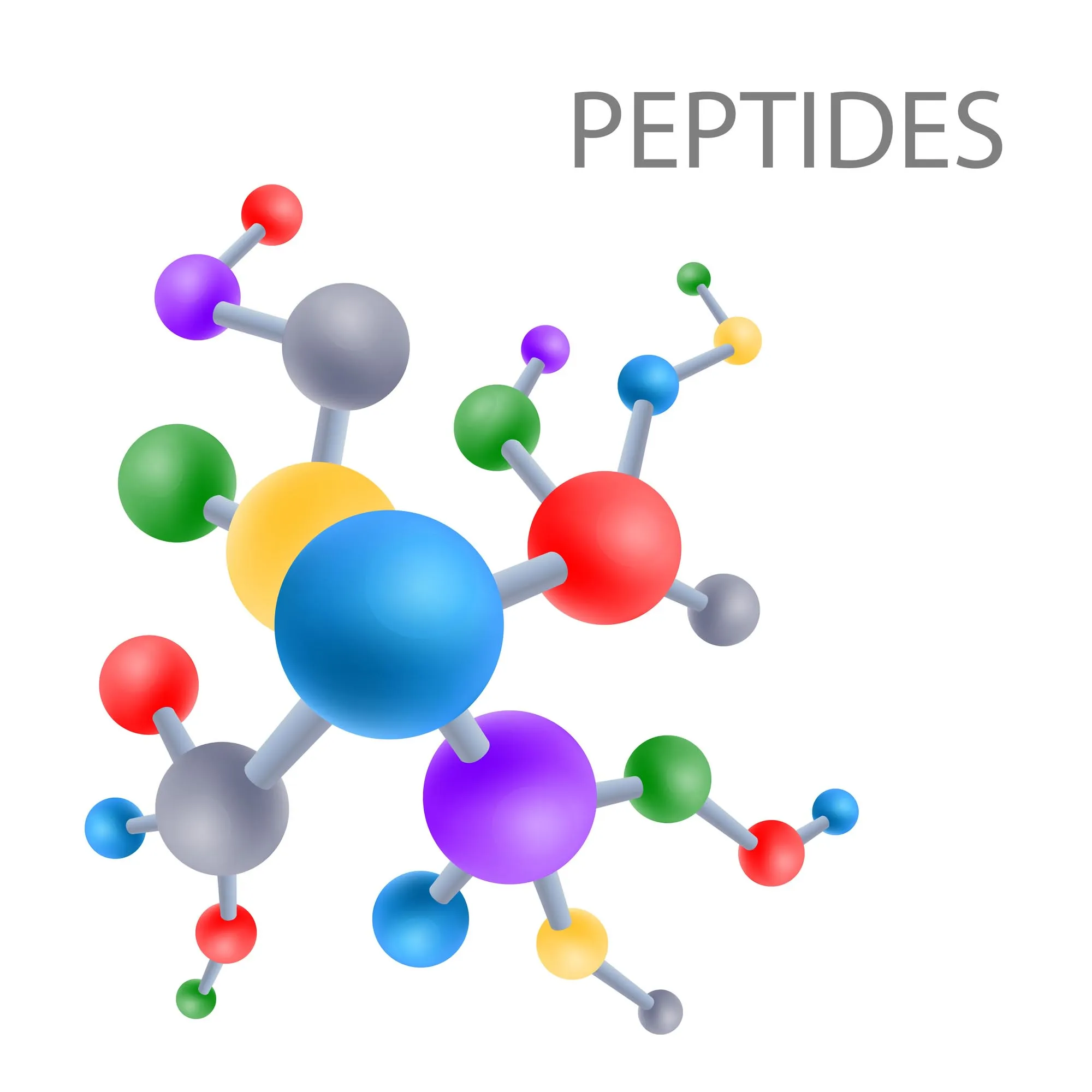
Differentiating Peptides and Proteins:
- Peptides and proteins play crucial roles in cellular processes, yet they exhibit distinct characteristics.
- Peptides, with their shorter length, lack the complexity of proteins, which can consist of multiple peptide subunits.
- While proteins can adopt intricate structural conformations, peptides generally maintain simpler structures.
Functions and Applications of Peptides:
- Peptides exert diverse physiological effects within the body, ranging from antiinflammatory properties to muscle development support.
- Some peptides also act as hormones, regulating various bodily functions.
- Due to their potential health benefits, peptides are utilized in numerous supplements, either sourced from natural sources or synthesized synthetically.
Understanding Amino Acids:
- Amino acids are the basic building blocks of proteins and peptides.
- The human body requires a total of 20 amino acids, some of which can be synthesized internally, while others must be obtained from the diet.
- Essential amino acids, including histidine, isoleucine, leucine, lysine, methionine, phenylalanine, threonine, tryptophan, and valine, play critical roles in various physiological processes.
- Comprehending the roles and characteristics of peptides and amino acids provides valuable insights into their therapeutic potential and their significance in biological systems.
Context;
Amidst the recent fluctuations in the Indian stock market, swing trading has emerged as a notable strategy, gaining traction among investors seeking to navigate the ongoing Lok Sabha elections.

Exploring Swing Trading:
- Swing trading is a trading style characterized by holding positions for longer than a single day, typically spanning several days or weeks.
- Unlike day trading, which involves closing positions within the same trading day, swing traders aim to capture gains as stock prices oscillate over time.
Key Principles of Swing Trading:
- Swing traders focus on stocks exhibiting high volume and volatility, as these characteristics offer opportunities for significant price movements.
- They strategically enter and exit trades based on support and resistance levels, aiming to buy at support levels and sell at resistance levels.
Objectives of Swing Trading:
- The primary objective of swing trading is to capitalize on short to mediumterm fluctuations in stock prices.
- Traders aim to profit from both upward and downward movements in the market, leveraging trends and momentum to their advantage.
Benefits and Flexibility:
- Swing trading offers flexibility and efficiency compared to day trading, as traders can hold positions for a few days to several weeks.
- This approach allows them to adapt quickly to changing market conditions and capitalize on emerging opportunities for short to mediumterm gains.
Press Freedom at Risk: Addressing Violence Against Environmental Journalists
Context;
A recent UNESCO report has brought to light a concerning trend of escalating violence against environmental journalists globally, with a staggering 44 fatalities recorded over the past 15 years.
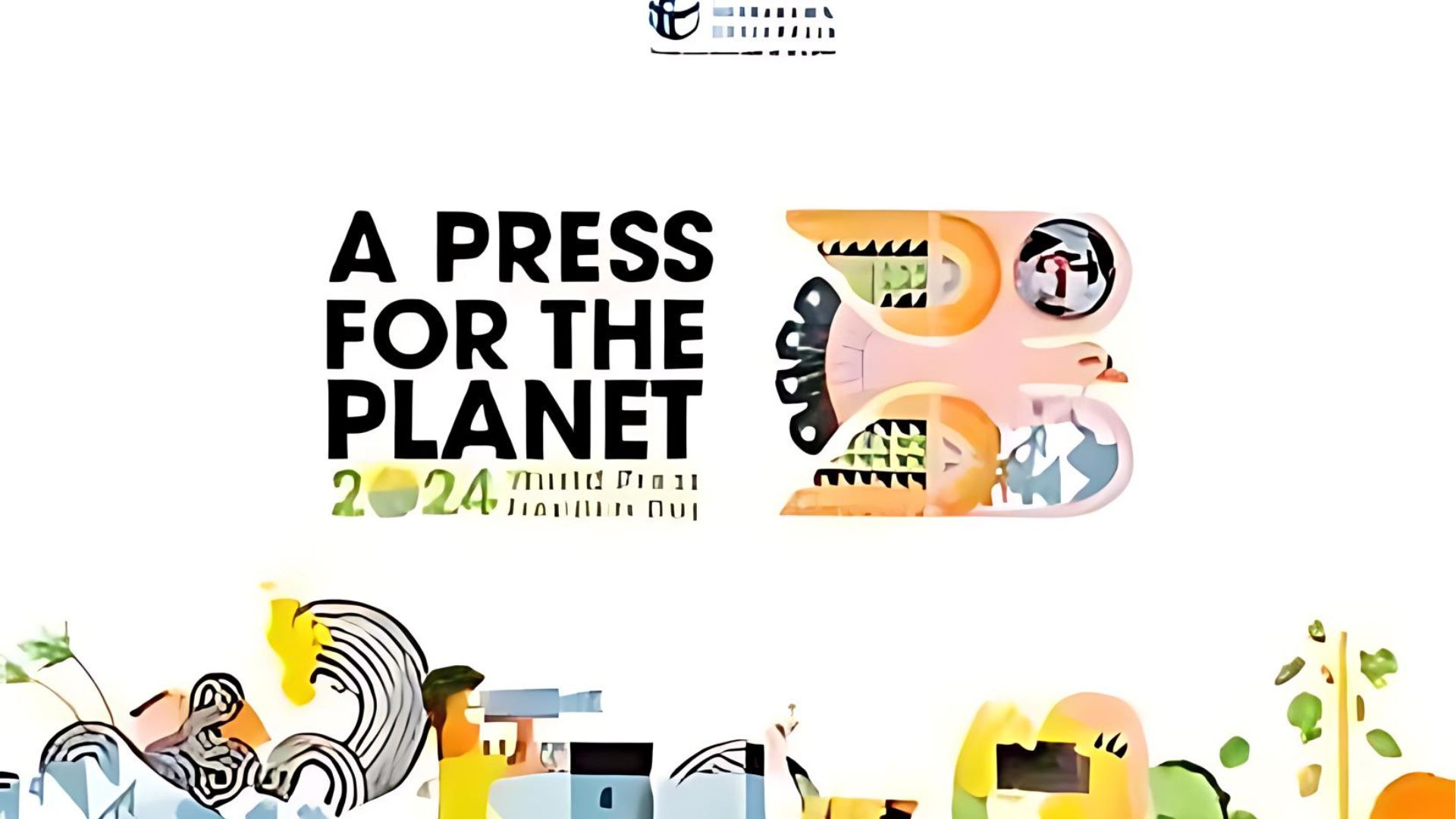
Global Trends in Violence:
The report reveals that Asia and the Pacific regions have experienced the highest number of journalist killings, totaling 30 cases, followed by 11 cases in Latin America and the Caribbean.
Insights from Surveys:
- Findings from a comprehensive survey of 905 journalists and agencies across 129 countries underscore the widespread nature of attacks, threats, and pressure faced by 70% of respondents.
- This report, titled “Press and Planet in Danger,” was unveiled during the 2024 World Press Freedom Day Global Conference in Santiago, Chile.
Escalating Threats:
Disturbingly, incidents of violence against environmental journalists have surged from 249 between 2009 and 2023 to 305 between 2019 and 2023, averaging 50 attacks annually worldwide.
Nature of Attacks:
Perpetrators of these attacks include state actors such as police, military forces, and government officials, as well as private entities like extractive industry companies and criminal groups. Notably, attacks by state actors saw a significant increase from 111 incidents between 2014 and 2018 to 174 between 2019 and 2023.
Topics and Vulnerable Areas:
Journalists covering environmental protests, mining operations, land disputes, deforestation, pollution, and the fossil fuel industry face heightened risks, with particular emphasis on environmental protests, mining, and land conflicts.
Legal Challenges:
Despite documented cases, achieving justice remains a significant challenge, with 19 cases unresolved, only five resulting in convictions, and five currently under investigation.
Addressing Challenges;
- Internal censorship and selfcensorship within newsrooms pose substantial obstacles, highlighting the urgent need to safeguard press freedom and ensure journalist safety.
- Stakeholders must prioritize the allocation of funding and resources for training and equipping journalists, particularly in underresourced regions.
- Recognizing the critical role of environmental journalism in addressing global environmental crises, concerted efforts are imperative to protect and support journalists working in this field.
Exploring Diplomatic Passports
Overview;
Amid accusations of sexual misconduct against Janata Dal (Secular) MP Prajwal Revanna, his reported departure to Germany using a diplomatic passport has stirred controversy.
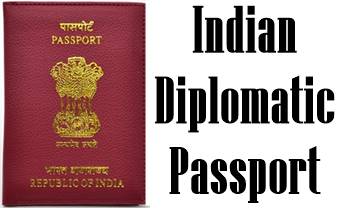
Understanding Diplomatic Passports:
- Diplomatic passports, identifiable by their maroon covers, are issued for shorter durations than standard passports.
- Holders of diplomatic passports benefit from specific privileges and immunities under international law, including protection from arrest and certain legal proceedings in the host country.
Eligibility Criteria:
Diplomatic passports, also known as ‘Type D’ passports, are issued to individuals falling into five primary categories:
- Those holding diplomatic status.
- Governmentappointed officials conducting official business abroad.
- Officers serving under branches A and B of the Indian Foreign Service (IFS) at Joint Secretary rank and above.
- Immediate family members of IFS and Ministry of External Affairs (MEA) officers.
5. Select individuals authorized to undertake official travel on behalf of the government, including union ministers and Members of Parliament (MPs).
Revocation Protocols:
Diplomatic passports may be revoked by the passport authority under various conditions, including:
- Misrepresentation or suppression of material information during the application process.
- Actions detrimental to India’s sovereignty, integrity, or friendly relations with foreign nations.
3. Conviction by an Indian court resulting in a prison term of at least two years postissuance of the passport.
4. Court orders issued during proceedings for alleged offenses before a criminal court.
Advantages of Diplomatic Passports:
- Diplomatic Immunity: Holders of diplomatic passports benefit from immunity from specific legal processes and obligations in the host country, safeguarding them from potential legal entanglements.
- Tax and Duty Exemption: Diplomatic passport holders often enjoy exemptions from certain taxes and duties, easing the financial burden on personal and official imports and purchases.
- Streamlined Entry and Exit: Diplomatic passports facilitate smooth entry and exit from countries, often accompanied by expedited immigration and customs procedures.
- Access to Diplomatic Channels: Individuals with diplomatic passports have access to diplomatic channels and events, enabling seamless engagement with counterparts and participation in official functions.
- Enhanced Security Measures: Diplomatic passport holders typically receive heightened security measures during official travels, ensuring their safety and wellbeing throughout their journeys.
Exploring the Eta Aquariid Meteor Shower
Context;
The ongoing Eta Aquariid meteor shower, which began on April 15, is set to peak on May 5th and 6th.
![EXPLAINER] The Eta Aquariid meteor shower: When is it and what to expect?](https://statecraft.in/wp-content/uploads/2024/05/explainer-the-eta-aquariid-meteor-shower-when-is.jpeg)
Understanding Comets:
- Comets are remnants of the solar system’s formation, composed of dust, rock, and ice.
- They follow highly elliptical orbits around the Sun, with some completing their orbits over hundreds of thousands of years.
- While NASA has identified 3,910 known comets, billions more may exist in the Kuiper Belt and Oort cloud.
Relationship between Meteor Showers and Comets:
- Meteor showers occur when Earth passes through the debris trail left behind by comets in their orbital paths.
- These showers consist of dust or rock grains that burn up upon entering Earth’s atmosphere, producing brief tails.
- Occasionally, larger meteors survive the atmospheric entry and strike the ground as meteorites.
Distinctive Features of the Eta Aquariids:
- The Eta Aquariids meteor shower originates from the orbital path of Halley’s Comet, which is observed approximately every 76 years.
- Eta Aquariid meteors are renowned for their rapid speed and can create longlasting, glowing tails.
- Observers in the Southern Hemisphere typically witness 30 to 40 meteors per hour during the peak, while those in the Northern Hemisphere see around 10 meteors per hour.
- The visibility of the meteor shower depends on the location of the radiant point, with Northern Hemisphere observers often witnessing “Earthgrazers” and Southern Hemisphere observers enjoying clearer views.
Observing the Eta Aquariid Meteor Shower:
- The meteor shower appears to originate from the Aquarius constellation, hence its name “Eta Aquariid.”
- Optimal viewing conditions include a clear night sky with minimal light pollution from sources such as the Moon or artificial lighting.
- Even a basic telescope can enhance the viewing experience of this celestial event.
Context:
Scientists have issued warnings about a dangerous swell of waves impacting coastal regions, prompting recommendations for the cessation of all recreational activities along the coasts and beaches of various states on both India’s eastern and western coasts.
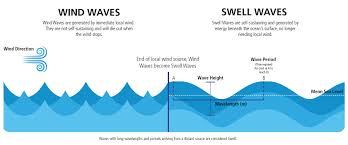
Exploring Swell Waves:
Swell waves refer to the development of longwavelength waves on the ocean’s surface, typically composed of multiple waves of surface gravity.
Formation:
These waves are generated by distant storms such as hurricanes or prolonged periods of strong gale winds.
Early Warning Systems:
In India, the Swell Surge Forecast System, introduced by the Indian National Centre for Ocean Information Services (INCOIS) in 2020, serves as an early warning system, providing crucial information about the formation of exceptionally high waves.
Fact Box: Waves
- Waves are disturbances on the ocean or sea surface that manifest as shifting swells or ridges.
- Unlike tides, which are influenced by the moon, waves result from the transfer of energy from the wind to the sea.
- Windinduced friction on the sea surface is the primary mechanism behind wave formation.
Unraveling the Rare Risks Associated with the Oxford-AstraZeneca Vaccine
Context:
The Oxford-AstraZeneca vaccine has come under scrutiny due to its potential link to a rare adverse side effect known as thrombosis with thrombocytopenia syndrome (TTS), sparking legal actions and ethical debates.

Understanding the Rare Side-Effect:
- Defining TTS: Thrombosis with thrombocytopenia syndrome (TTS), alternatively termed vaccine-induced prothrombotic immune thrombocytopenia (VIPIT) or vaccine-induced immune thrombotic thrombocytopenia (VITT), is a rare syndrome associated with adenoviral vector Covid-19 vaccines.
- It is characterized by the occurrence of blood clots alongside a decreased platelet count.
Challenges in Vaccine Trials:
The rapid development of Covid-19 vaccines and the adaptive trial methodologies employed may have led to the insufficient detection of rare side effects like TTS, which are not adequately powered in conventional clinical trials.
Perceived Threat and Regulatory Response:
- Incidence and Fatality Rates: TTS reporting rates exhibit variations globally, with some countries reporting higher incidence rates compared to others, accompanied by divergent fatality rates. The decision to suspend the AstraZeneca vaccine in certain nations underscores concerns regarding its safety and effectiveness.
- Regulatory Evaluations: Despite apprehensions, regulatory authorities have determined that the benefits of the vaccine outweigh the risks, stressing the significance of informed decision-making and transparent risk communication.
Legal and Ethical Considerations:
Legal actions, including the initiation of a class action lawsuit in the UK seeking compensation, raise ethical dilemmas concerning vaccine safety, public trust, and government indemnity agreements. This highlights the imperative for transparent and accountable decision-making processes.

